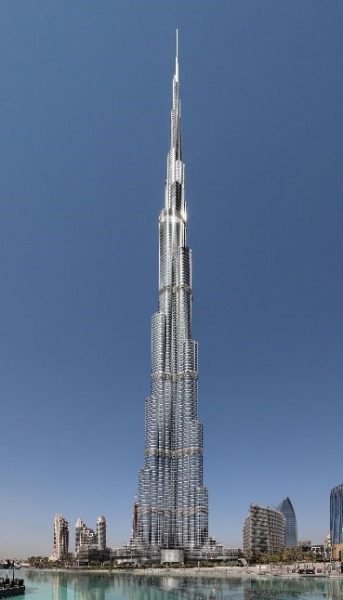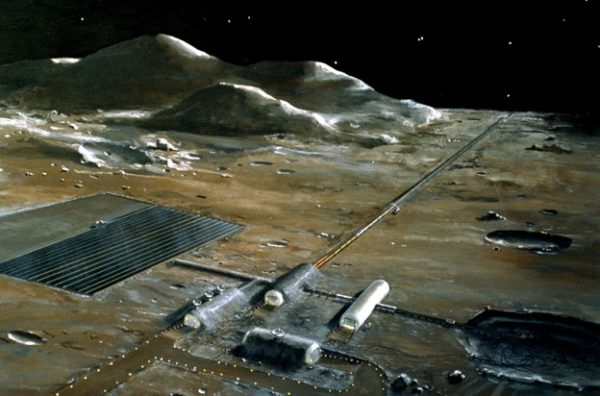On April 12, 1961, Yuri Gagarin took off on a 4.75-ton spacecraft, Vostok 1, at 9:07 am, Moscow time, and became the first man to achieve orbit. [3] A bit less than a month later, on May 5, 1961, Alan Shepard took off on a Mercury-Redstone rocket, Freedom 7, and became the first US man to achieve orbit. [4] Since then, only a few hundred astronauts have achieved orbit, going up on rockets of increasingly larger and larger size, on missions that take months to prepare. So, as with practically all things of humanity’s existence, we are limited by the cost of everything.
Steven Hawking said, “I don’t think the human race will survive the next thousand years, unless we spread into space.” Unfortunately, the path going forward is increasingly more difficult to get there, but with larger and larger returns. The challenges increase, but the costs lessen and total rewards skyrocket, but is it fast enough? While we are waiting for rockets to improve to the point where space travel can become common, what if there were other ways to help speed up the ability to get humans into orbit? What are some of the more unique methods of getting to orbit?
In the Bible, approximately 2100 BC (which is highly contested) was the time that a civilization tried to build a tower to the heavens of brick and tar. [1] Whether it is true or not is up to your beliefs, but it still supports that 4000 years ago, people still had the idea of trying to build a tower into space, and the entirety of the 1800s-1900s had a (usually) unofficial competition to try to build the largest skyscraper and building in the world. The Burj Khalifa in the UAE (the giant spire) stands as the current highest structure in the world at 829.8 meters (2,722 feet) tall.

However, because of their giant size, there are a couple issues with the idea. As Mr. Wade, a Coronado Physics teacher, said, relating to how carbon, which is the most likely material to build it out of because of their very high strength and low weight, is conductive, “If a storm comes up…essentially, you have something spanning the entire massive capacitor of service of Earth to atmosphere…you’d be short-circuiting stuff of course.” The complex ideas related to it give credit to why, 130 years after the idea was created, that one hasn’t been constructed. “I don’t see it ever happening,” Mr. Wade said, stating that by the time humanity could do so, we’ll have created a better way to achieve orbit.
In Robert A. Heinlein’s book, The Moon Is a Harsh Mistress, a central object of the plot is the giant electromagnetic catapult, a Mass Driver using electromagnets to propel objects to orbital speeds to transfer materials from the Earth to the Moon and vice versa. The Mass Driver is a concept that has been tackled in the real world in model tests, ranging anywhere from military use to transportation. [9] One of the currently ongoing projects was founded by the company SpinLaunch, which conducted an initial test of a mass accelerator in October 2021 at Spaceport America in New Mexico. [8] Their concept uses the rotational force of flinging an object around in a circle, then releasing it to fly tangent to its vector upwards into orbit. While the tests are ongoing, there has been no true orbital launch using the system yet, but every effort helps get us one step closer. On the contrary, the forces are extreme when dealing with achieving orbit with Mass Drivers. Mr. Wade compared it to “A rocket has this sustained force…it can have a smaller yet longer enduring acceleration…versus a one-and-done deal, which will require so much more [force].” This is saying that anything living would be instantly flattened with the force to achieve orbit coming all at once.

Check out these links for more information:
[1] https://ntrs.nasa.gov/api/citations/20000105202/downloads/20000105202.pdf
[2] https://phys.org/news/2024-02-space-elevators-physicist-humanity-spacefaring.html
[3] https://www.britannica.com/biography/Yuri-Gagarin
[4] https://www.hq.nasa.gov/pao/History/SP-4209/ch3-5.htm
[5] https://en.wikipedia.org/wiki/Burj_Khalifa
[6] https://halo.fandom.com/wiki/Space_elevator
[7] https://en.wikipedia.org/wiki/Space_elevator
[8] https://www.spinlaunch.com/
[9] https://en.wikipedia.org/wiki/Mass_driver

![NASA concept image of a Space Elevator. [7]](https://cougardaily.org/wp-content/uploads/2024/02/PictureA-1-1200x1200.jpg)





